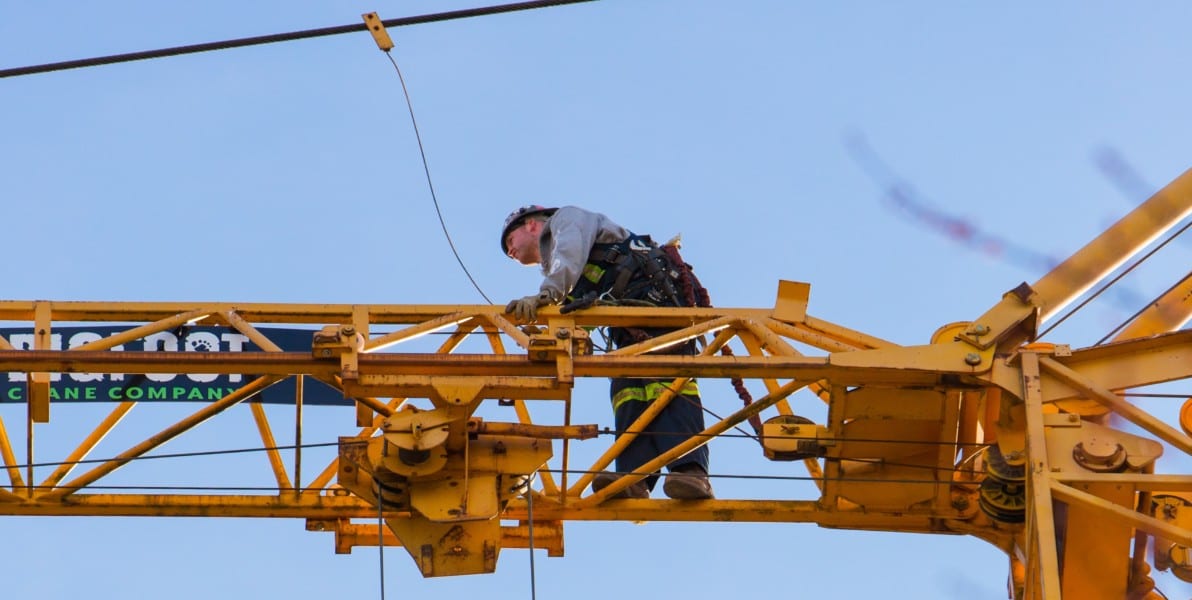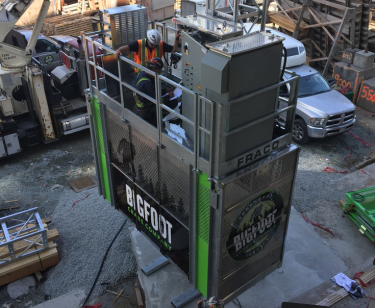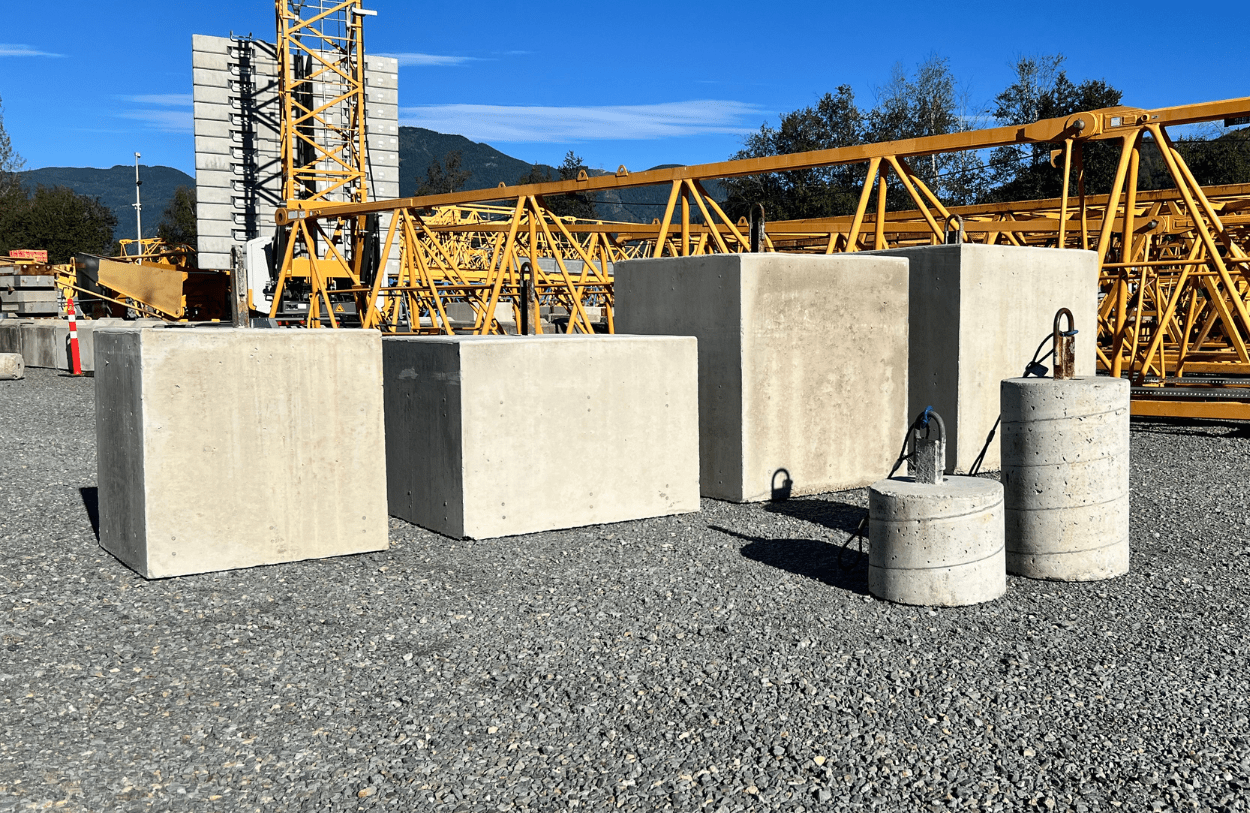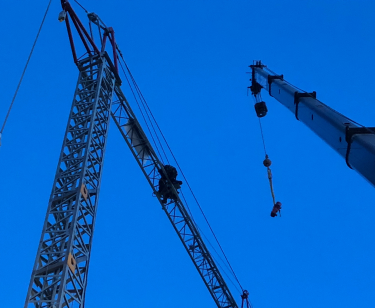Working at Height in the Spring: 10 Ways to Stay Safe
Written by: Jen Adams
Key Takeaway: Be prepared for unpredictable spring weather by keeping the job-site clean,
planning for the forecasted weather, using the right PPE, and taking thorough
safety precautions.
Temperatures may be rising, but spring brings its own set of risks (and borrows some from
winter) that need to be taken seriously. Keep these best practices in mind while you’re working
at height this season to stay safe while enjoying the breeze.
1. Always check the weather.
The only thing consistent about spring weather is that it changes consistently. Be prepared for
the heat or cold by checking the weather ahead of time and plan accordingly, and always be
prepared for sudden changes that could occur.
2. Complete thorough safety checks on all large equipment.
With inconsistent weather comes loose earth, mud that gets everywhere, and a higher risk
of rust when equipment is repeatedly soaked and left to dry. Always make sure to check
equipment and machinery before using it and stay up to date on safety regulations by
checking WorkSafeBC.com and using tools like Bigfoot’s Crane Academy.
3. Secure your materials.
High winds can pick up quickly in the spring and are often stronger the higher you work, as the
site is usually more exposed. Make sure the materials you are working with are secure at all
times to avoid injuries or falls from loose materials or objects blowing around.
4. Avoid using power tools in rainy or wet conditions.
Water is an excellent conductor of electricity. By using power tools in the rain or wet after a
rain, you not only run the risk of damaging your tools, but risk electric shock or electrocution if
any wires become exposed while you work. Play it safe and use hand tools where possible or
set up cover over your work area to keep the area dry.
5. Be wary of thunder and lightning storms.
Spring storms are especially dangerous to those working at heights, as lightning is drawn to
metal and tall structures. Monitor the weather report, be aware of your environment, and if the
weather looks dicey, don’t risk working in a storm.
6. Give yourself some traction.
Slipping is always a risk when working on the job-site but becomes even more so when working at
height on wet surfaces. Wear boots and gloves that fit well (make sure they are tight enough that
they can’t slip off, but not so tight as to cut off circulation) and have a lot of traction and grip to
prevent accidents.
7. Always wear appropriate fall PPE, even if working at a lower height.
Most fall-related accidents occur at 30 ft. or less because people view lower heights as less
dangerous, but it takes very little height for a fall to cause injury or even death. Height should be
treated seriously and with caution in any season, but mud and rain make it especially important
to utilize fall PPE in the spring.
8. Let your fall PPE dry naturally before its next use.
Drying equipment with an electric dryer or heater can weaken or melt the material, ruining the
equipment and putting its user at risk. Blot your equipment with towels and hang it up to dry
completely on its own whenever it gets wet, and always check it carefully before each use.
9. Dress warmly enough, and cool enough.
Spring weather may feel warm compared to winter, but its unpredictable nature means that
temperatures can drop to hazardous temperatures, especially when coupled with consistent
cold rains. Dress in layers to ensure you can always keep up with whatever cold or heat the day
throws at you.
10. Train staff to identify weather-based illnesses.
Heat and cold stress occur when the body either warms up faster than it can cool (resulting in
heat exhaustion or sunstroke) or cools down faster than it can warm up (resulting in frostbite
or hypothermia). While they happen more often in summer and winter, they can also strike in
temperatures that don’t seem very extreme. People working at heights can also be at a higher
risk as they tend to be more exposed to the elements. Make sure there are staff on site who are
trained to recognize and treat signs of heat and cold illnesses.
Click here to download: Working at Height in the Spring: 10 Ways to Stay Safe





